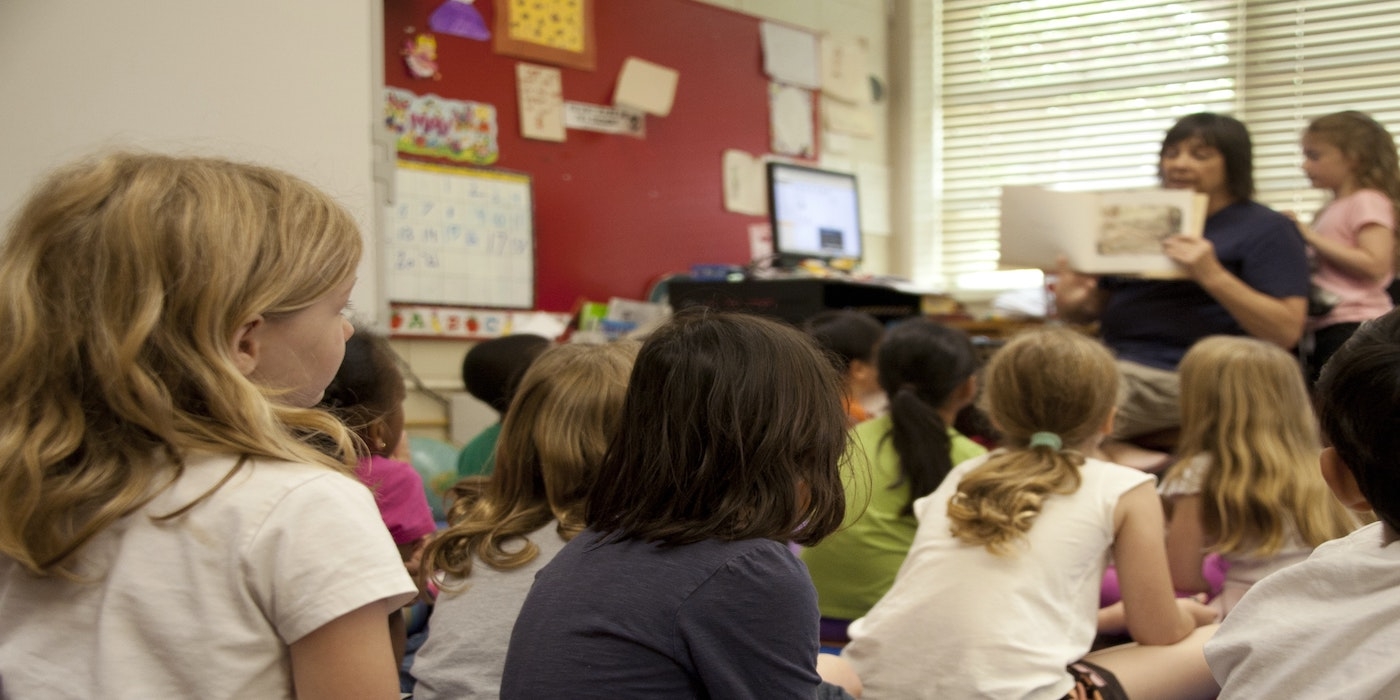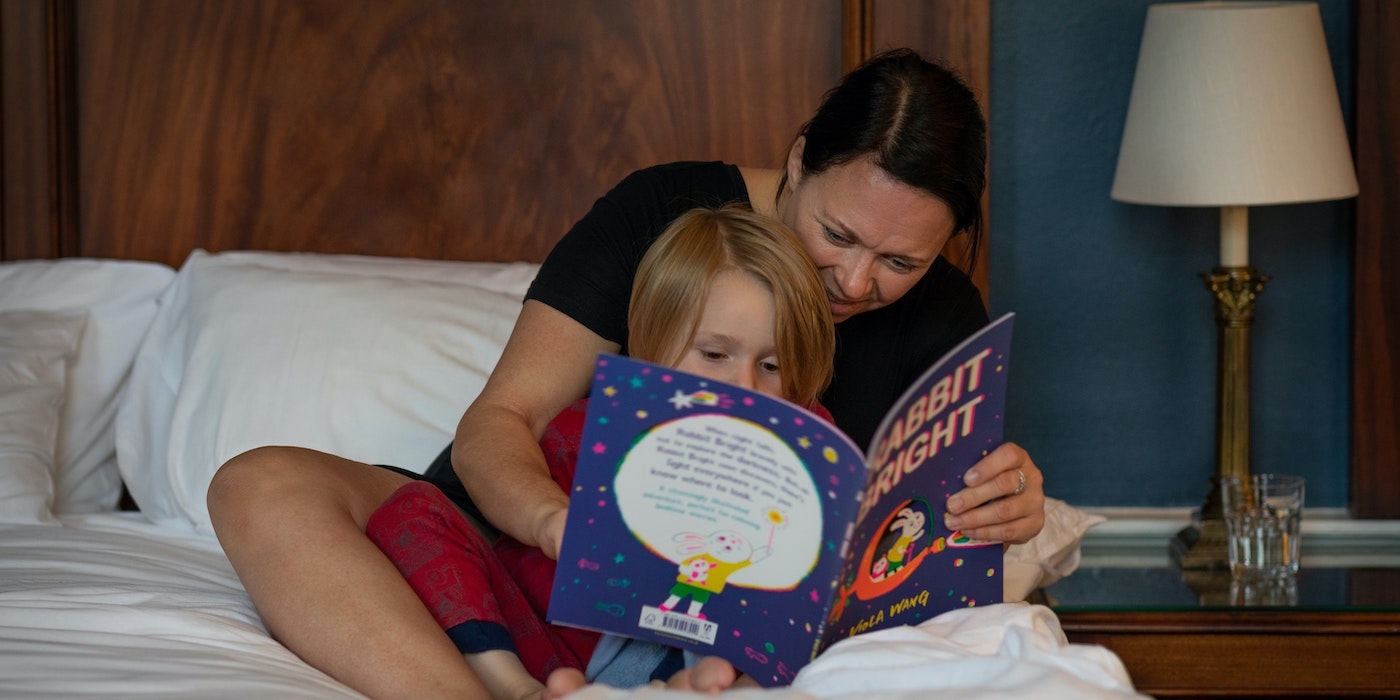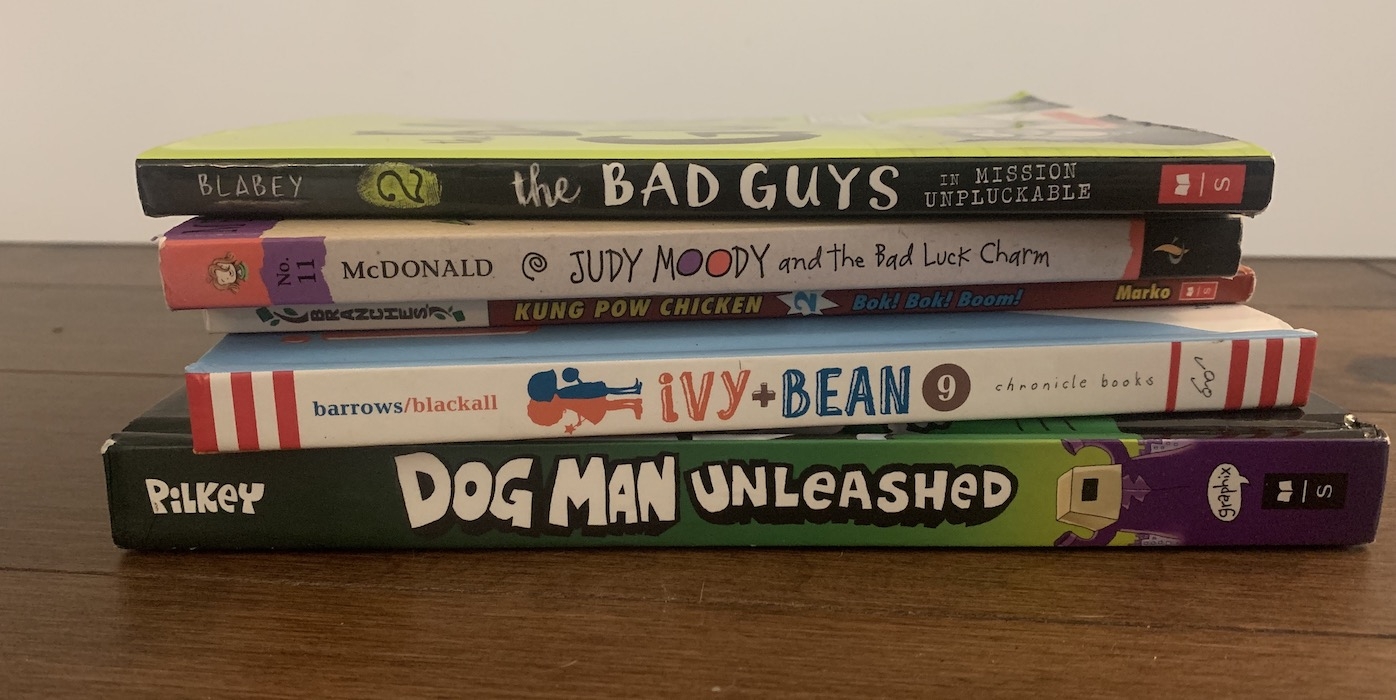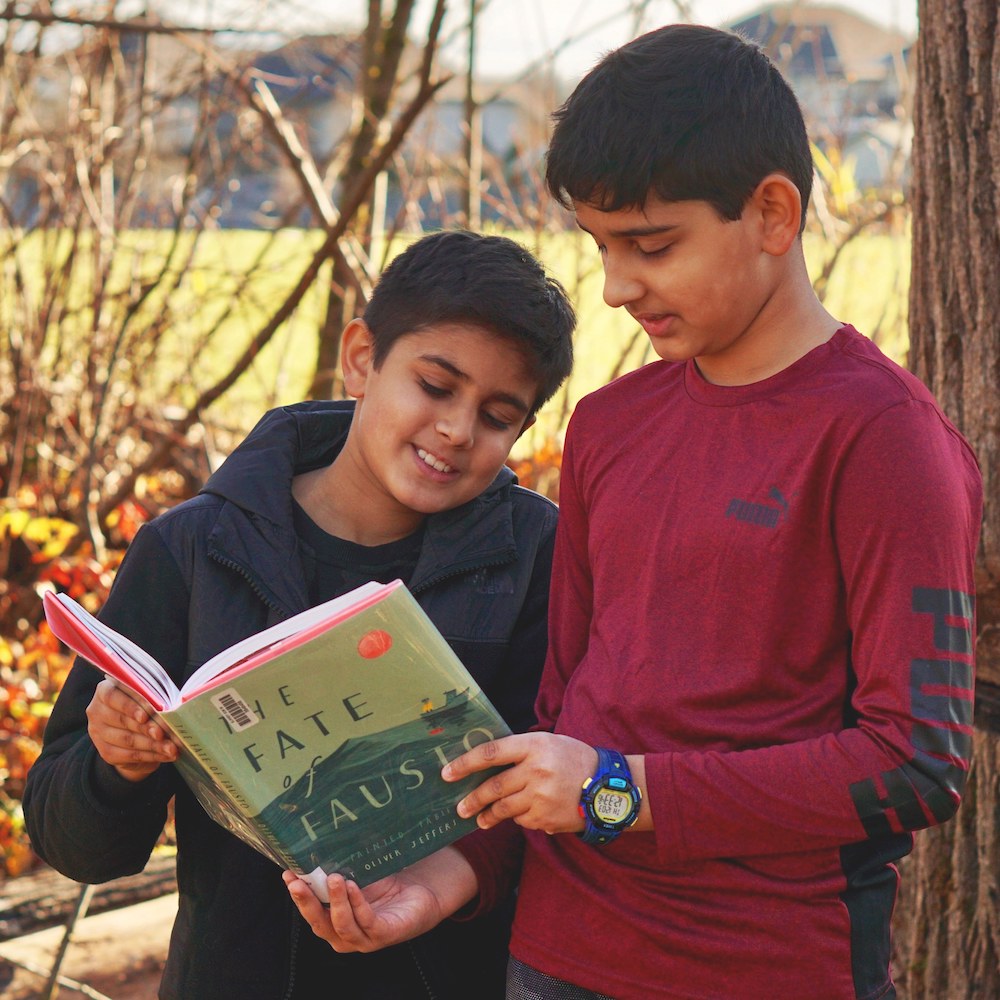What are Read-Alouds?
Daily intentional moments when teachers read aloud to children from a text that is above the current reading ability of most students. These interactions with text do not need to have an instructional lesson or task attached, instead providing positive reading experiences for children to hear a fluent reader, make connections with ideas and vocabulary, build community with peers, and showcase the pleasure of reading.
An Instructional Read-Aloud involves a variety of text sources being used to create engaging reading experiences whereby teachers model proficient reading or provide explicit instruction.
Why?
Reading aloud demonstrates what proficient reading looks like while students focus on making meaning from text. It provides all children access to ideas and vocabulary they may not yet be able to access through their own reading. Highly engaging texts foster curiosity and community through the shared listening experience. Read-alouds can sometimes create valuable teaching moments to model reading strategies, highlight words, letters and sounds, or pose concepts and scenarios for sparking conversation, however, not all read-aloud moments must include explicit instruction.
During a Read-Aloud:
| Teachers are... | Learners are... |
|---|---|
| doing the work of reading & decoding the print | focusing on making meaning |
| creating positive and engaging reading experiences for all learners |
personally connecting to ideas and visual information
|
| intentionally selecting engaging texts with depth & rich vocabulary |
gaining an understanding of what reading looks & sounds like |
| prepared to prompt discussion sometimes before, during or after reading |
vicariously participating in experiences portrayed in story or illustrations |
| providing space to explore complicated topics |
processing familiar and unfamiliar ideas, vocabulary, and concepts beyond current reading ability |
| sometimes using the text to highlight literacy concepts |
wondering, predicting, questioning, talking & listening |
































